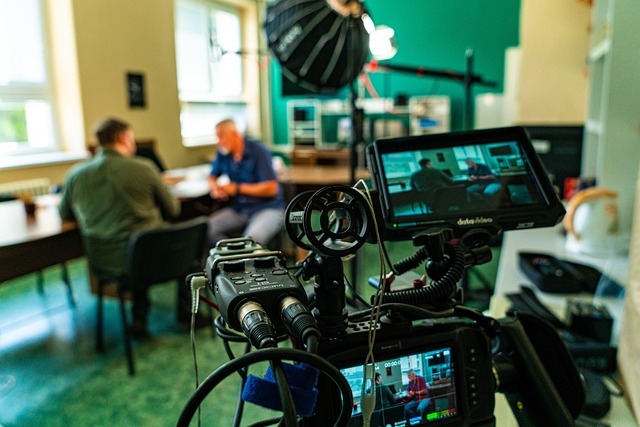Verbatim theatre uses exact words from real-life interviews, while documentary theatre presents factual events using a creative and theatrical framework.
TL;DR Verbatim theatre Vs. Documentary theatre
Verbatim theatre and documentary theatre are two distinct forms of theatrical expression that share similarities in their approach to representing real-life events.
Verbatim theatre focuses on the precise reproduction of actual conversations and interviews, while documentary theatre aims to tell a true story through a combination of factual material and artistic interpretation.
Verbatim Theatre
Verbatim theatre is a dramatic form where the script is derived from exact words spoken by people in real-life interviews or public speeches. It aims to authentically represent the voices and perspectives of individuals or communities.
Through the use of verbatim transcripts, this theatrical style explores social, political, or historical issues, offering a unique and direct connection to the source material.
The performances often emphasize the emotional impact of the spoken words, creating a powerful and immersive experience for the audience. Verbatim theatre serves as a platform for dialogue and reflection on the complexities of real-world narratives.
Documentary Theatre

Documentary theatre involves the presentation of factual events, issues, or historical moments using a theatrical and creative framework. It draws from real-life sources, such as interviews, documents, or media reports, to construct a narrative that captures the essence of truth.
Through dramatic storytelling techniques, this form of theatre explores social, political, or cultural topics, providing insight and reflection.
Documentary theatre often blends elements of journalism with artistic interpretation, fostering a unique and engaging way to convey reality on stage. It invites audiences to critically engage with the subject matter and reflect on the complexities of the human experience.
Verbatim theatre Vs. Documentary theatre – Key differences
| Aspect | Verbatim Theatre | Documentary Theatre |
|---|---|---|
| Source Material | Exact words from real-life interviews or speeches. | Factual events, documents, interviews, media reports. |
| Authenticity | Emphasizes authenticity by using verbatim transcripts. | Presents a factual narrative with creative interpretation. |
| Artistic Freedom | Limited artistic interpretation, aims for direct representation. | Allows artistic interpretation to convey factual events. |
| Narrative Style | Often focuses on individual perspectives and voices. | May present a broader narrative with diverse viewpoints. |
| Emotional Impact | Emphasizes emotional impact through authentic voices. | Balances facts with dramatic storytelling for impact. |
| Subject Matter | Explores social, political, or personal issues. | Addresses social, political, or historical topics. |
| Engagement | Creates a direct connection with real-world narratives. | Invites critical engagement through creative storytelling. |
| Example | The Laramie Project | The Exonerated |
Image Credits
Featured Image By – Lukas Prudil from Pixabay









